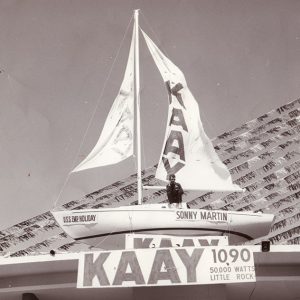 KAAY Boat
KAAY Boat
Entry Category: Media
 KAAY Boat
KAAY Boat
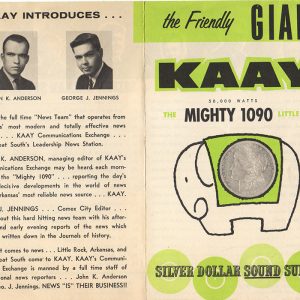 KAAY Brochure
KAAY Brochure
 KAAY Sound Survey
KAAY Sound Survey
KABF
KAIT
 KAIT Antenna
KAIT Antenna
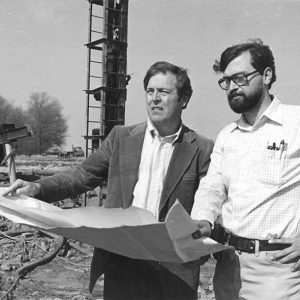 KAIT Personnel
KAIT Personnel
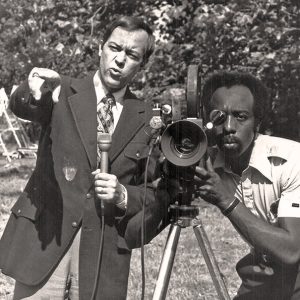 KAIT Personnel
KAIT Personnel
 KAIT Personnel
KAIT Personnel
 KAIT Storm Tracker
KAIT Storm Tracker
 KAIT Studio
KAIT Studio
KASU [Radio Station]
 KATV Broadcast Interruption
KATV Broadcast Interruption
 KATV Sports Team
KATV Sports Team
KATV Tower
KBTA
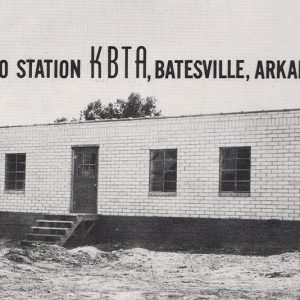 KBTA Studio
KBTA Studio
KBTM [Radio Station]
 KBTM Ad
KBTM Ad
 KBTM Antenna
KBTM Antenna
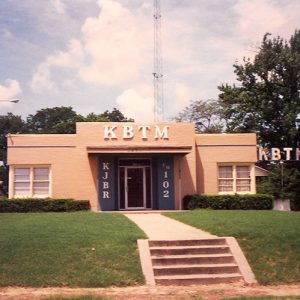 KBTM Building
KBTM Building
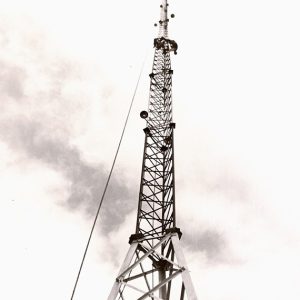 KBTM Tower
KBTM Tower
Kearney, Janis
Kennedy, Jon
Kettles in the Ozarks, The
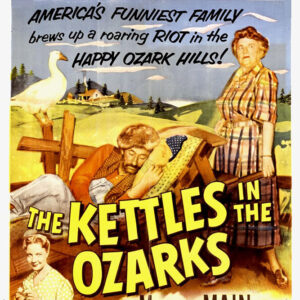 The Kettles In The Ozarks Poster
The Kettles In The Ozarks Poster
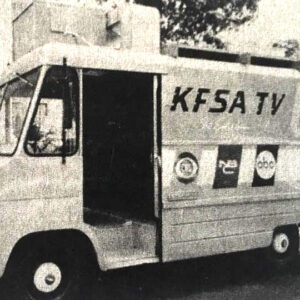 KFSA News Truck
KFSA News Truck
KFSM-TV
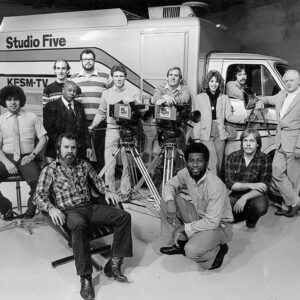 KFSM-TV Crew
KFSM-TV Crew
King Biscuit Time
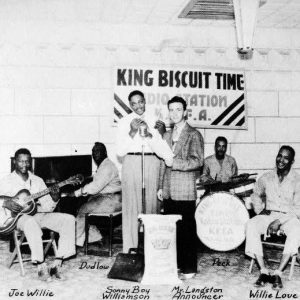 King Biscuit Time
King Biscuit Time
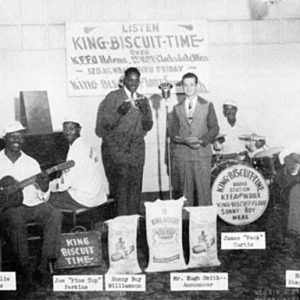 King Biscuit Time
King Biscuit Time
King, Bertha Hale
aka: Bertha Hale White
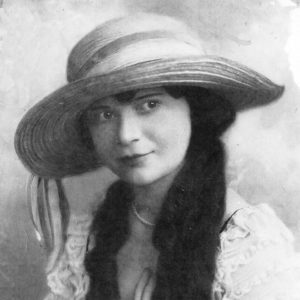 Pearl Kinman
Pearl Kinman
 KJBR Tower
KJBR Tower
KMJX [Radio Station]
aka: Magic 105
aka: The Wolf 105.1
KOKY
KTHS
KUAF
KUOA
KWEM
 KWEM Automobile
KWEM Automobile
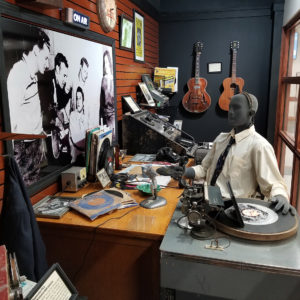 KWEM Display
KWEM Display
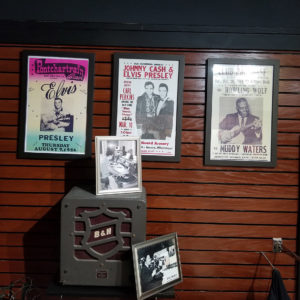 KWEM Display Items
KWEM Display Items
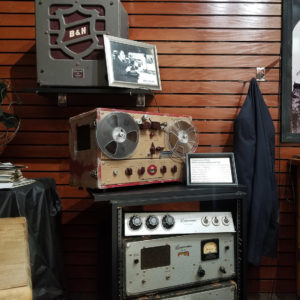 KWEM Display Items
KWEM Display Items
 KWEM Studio
KWEM Studio




